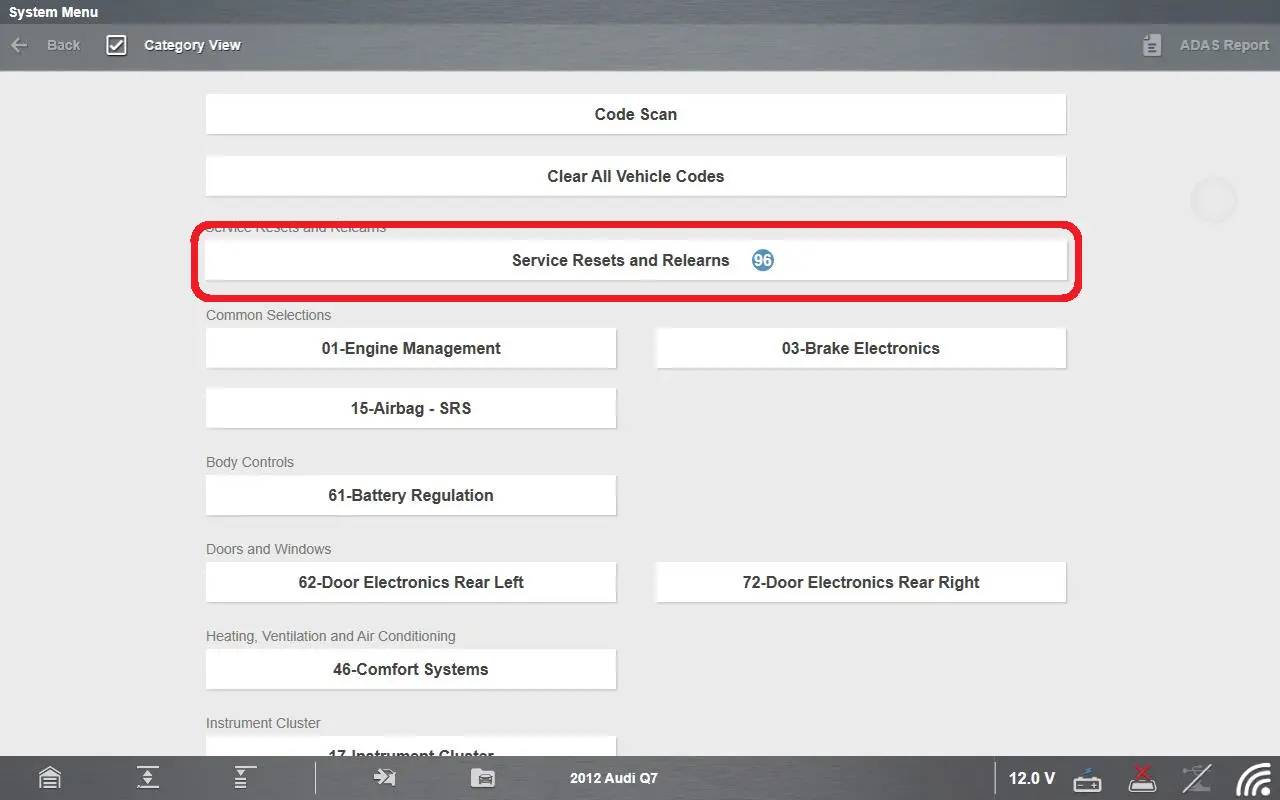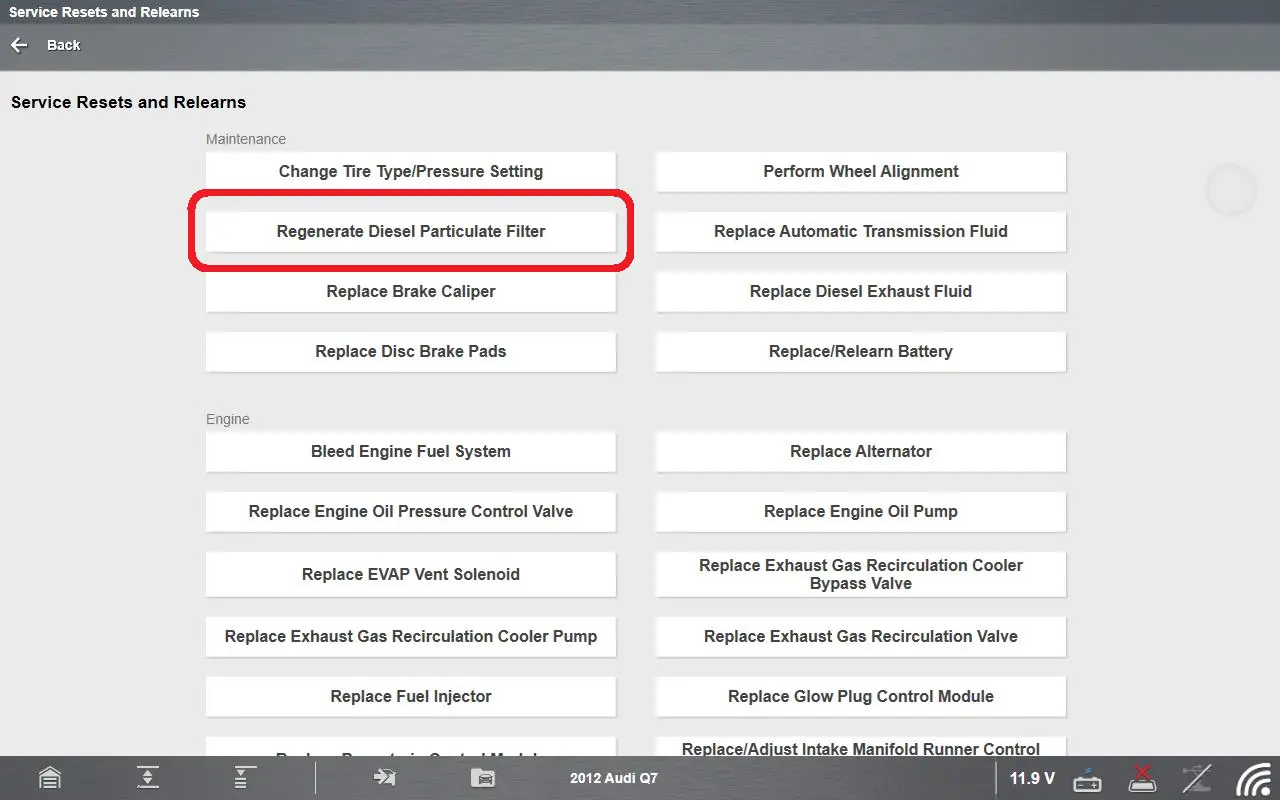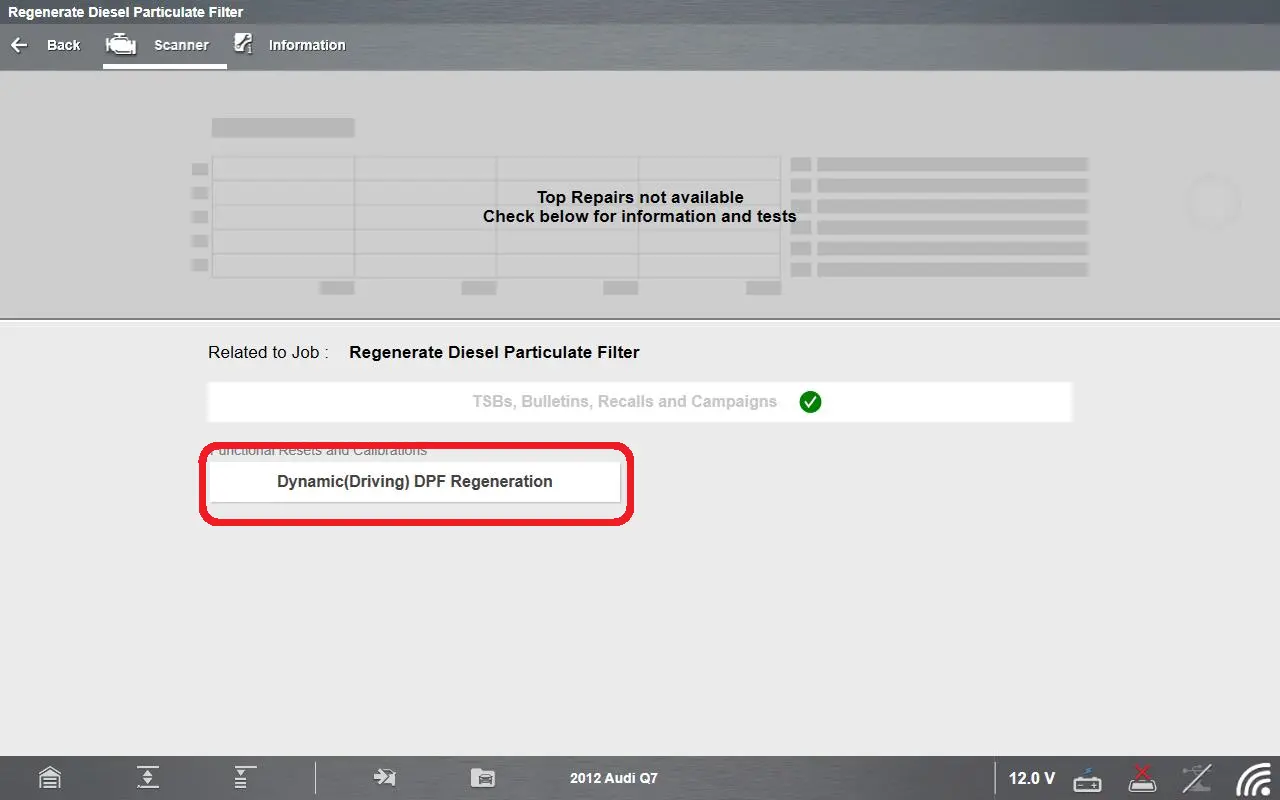DPF History
I love clean air. I appreciate the way it smells after a rain, especially out in the countryside. On the other hand, the smell of exhaust fumes is sickening and potentially deadly. We all have probably seen a vehicle blowing black smoke as it accelerates. If it happened to be a semi-truck, we would see the smoke roll, then stop when the driver shifts gears, to then roll again. Whether the engine is gas or diesel, air pollution has drastically driven major changes in the transportation industry over the last 60 years.
Back in the 1960’s, there was a substantial smog problem in Los Angeles, CA. In response to this, the U.S. enacted the first automobile emissions standards in 1963. It wasn’t long until other nations followed in similar footsteps. Japan enacted their first emission rules just three years later and between 1970 and 1972, several European nations as well as the United Kingdom followed suit.
As a result of California’s emission laws, the Positive Crankcase Ventilation (PVC) valve was the first component created to help reduce emissions in 1961. In a nutshell, it removes gasses called blow-by, from the crankcase (lower block including the oil pan).
Fast forward to the late 2000’s, and the Diesel Particulate Filter (DPF) first appeared on Mercedes-Benz® sold in California. By the late 2000’s they were becoming common on both passenger cars and commercial trucks around the world.
How Long Should A DPF Last?
A DPF filter should typically last for around 100,000 miles before needing to be replaced. The DPF's level of maintenance will have a big impact on how much this figure varies. While a well maintained DPF may even go 150,000 miles before needing to be replaced, a badly kept DPF; however, may last a much shorter time than the stated figure. To help extend the life and maintain performance of a DPF, a process known as ‘DPF regeneration’ can be used to clean the filter and restore its performance.
What Is DPF Regeneration?
DPF regeneration refers to the procedure of cleaning and emptying the diesel particulate filter of soot that is created by the process of combustion. Burning off the soot particles requires heating the diesel particulate filter to a very high temperature. Active regeneration or passive regeneration are the two methods that can be used to accomplish this.
There are several factors that can affect the effectiveness of DPF regeneration, these are:
- The make of engine
- The type of DPF
- The driving conditions the vehicle has been put through
For example, engines that are used primarily for short trips or in stop-and-go traffic may require more frequent regeneration to prevent the DPF from becoming clogged. Moreover, certain DPF systems are more likely than others to clog, meaning they may need maintenance more frequently.
Looking for more recent guidance on DPF regeneration? See our 2025 technical focus articles on understanding and diagnosing Diesel Particulate Filter (DPF) systems in modern diesel vehicles here.
What Are The Types Of DPF Regeneration?
There are two main types of DPF regeneration: passive and active; however, DPF regeneration can be performed manually using a scan tool.
Passive DPF regeneration occurs naturally during normal driving conditions when the temperature of the exhaust gas is high enough to burn off the particulate matter. However, this process is not always effective, especially for vehicles that are used for short trips or in cold weather conditions.
Active DPF regeneration, on the other hand, is a more controlled process that is initiated by the engine control unit (ECU) when the DPF reaches a certain level of saturation. The ECU uses various sensors to monitor the exhaust gas temperature, pressure, and flow rate to determine when active regeneration is necessary. When the DPF is ready for regeneration, the ECU injects additional fuel into the engine to increase the temperature of the exhaust gas and initiate the cleaning process.
During active regeneration, the temperature of the exhaust gas must reach a certain level to burn off the particulate matter that has accumulated in the DPF. This temperature is typically around 600 to 700 degrees Celsius, or 1100 to 1300 Fahrenheit, which is much higher than the normal operating temperature of the engine. To achieve this, the engine may run in a high-idle mode or the vehicle may be driven at higher speeds for a period of time to increase the temperature of the exhaust gas.
How to Regenerate a DPF manually
Manual regeneration is often required when vehicles are driven at insufficient speed to allow regeneration to be carried out automatically by their engine management control software. The vehicle is already suffering with driveability and lack of power problems. At this point, as long as the DPF is not severely blocked (over 90% capacity filled), a scan tool can be used to perform a static or (up to 60% capacity filled) or dynamic regeneration to clear the soot levels in the DPF.
Please see below an example of a dynamic DPF regeneration on a Audi Q7 with a Snap-on TRITON-D10:
- Connect the scan tool to the vehicle's diagnostic port and follow the manufacturer's instructions for accessing the DPF regeneration function.
- Ensure that the engine is fully warmed up and that the DPF is not excessively clogged. The scan tool may provide diagnostic information on the DPF's condition
- Follow the prompts on the TRITON-D10 scan tool to initiate the manual regeneration process. This typically involves commanding the engine to run at a higher temperature to burn off the accumulated soot in the DPF.



Choose Dynamic DPF Regeneration then just follow the instructions until complete.
4. Perform a test drive and confirm that the DPF warning light is no longer illuminated.
*Please note: Some OE’s require a special function "Replace or Reset DPF" after the replacement of the filter. This can be found in the ‘Service Resets and Relearns’ menu.
In conclusion, DPF regeneration is a critical procedure that lowers harmful emissions while maintaining the performance of diesel engines. While active regeneration is a more controlled process that is started by the engine control unit, passive regeneration happens naturally while driving normally. The temperature of the exhaust gas is raised during active regeneration in order to burn off the particulate matter that has accumulated in the DPF. But to make sure the DPF keeps working well over time, proper maintenance is also required. This could involve performing a manual DPF regeneration detailed above, or replacing the DPF filter entirely.